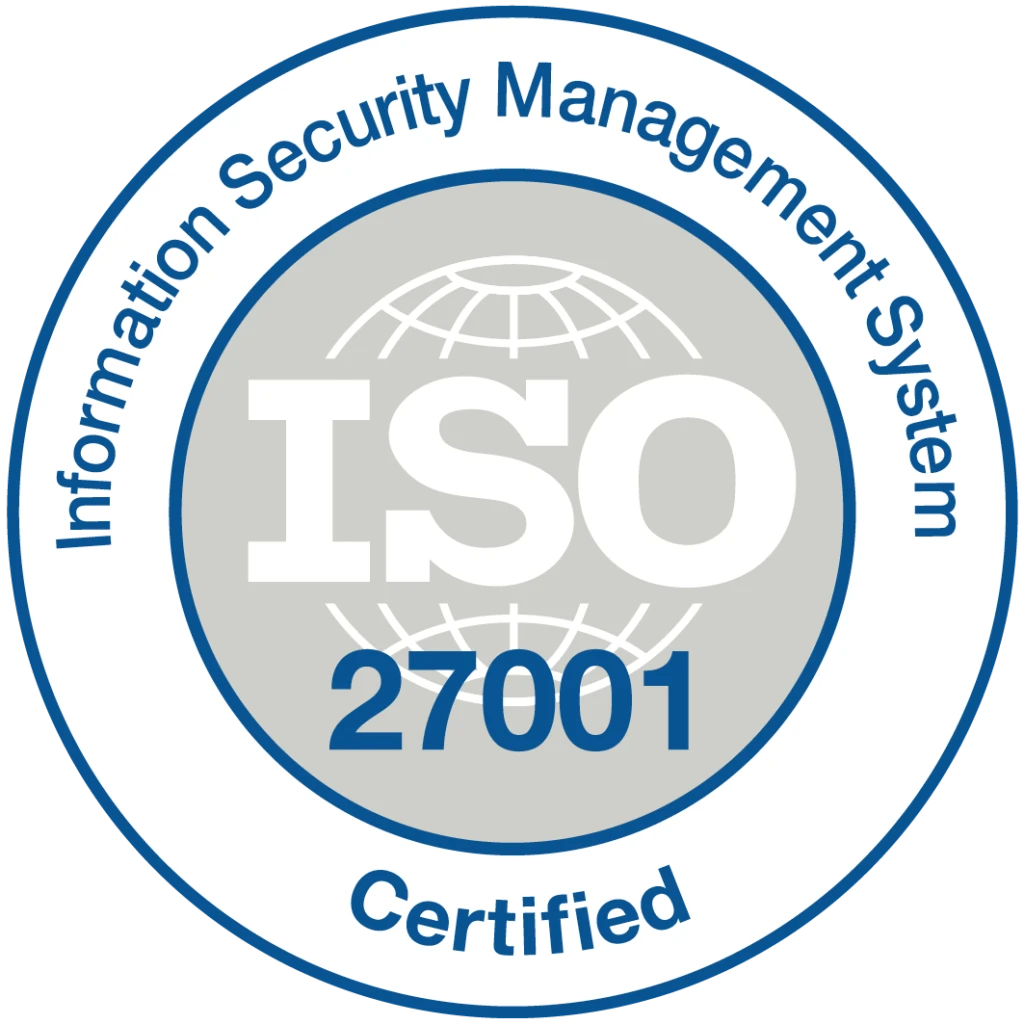In today's complex broadcast landscape, handling a multitude of media formats efficiently is critical for success. This demo showcases TAG's exceptional ability to decode and encode a wide range of essential formats, ensuring ultra-low latency for real-time media workflows.
Watch as a live camera feed undergoes seamless conversion into major industry-standard formats, and the frame count for the latency added by processing:
2110- SMPTE suite of standards for sending Digital Media (Video, Audio, Metadata, and Synchronization) over an IP Network. Used for Live production and uncompressed sources in an all IP infrastructure.
JPEG-XS- Standard for light, lossless, real-time compression of uncompressed sources
NDI- (Network Device Interface) is a realtime low latency IP video network technology
WebRTC- Web Real-Time Communication is an open-source real-time communication (RTC) via application programming interfaces (APIs).
SRT- Secure Reliable Transport is an open-source transport protocol that allows for robust transmission of high-quality high-bandwidth video signals over public internet
TS- MPEG Transport Stream sent via RTP (Real-time Transport Protocol) on managed & predictable IP Networks
HLS- HTTP Live Streaming technique, used for high-quality streaming of media content over the public Internet
Additionally, the demo highlights TAG Bridge – a powerful feature designed to streamline workflows and save resources. See how TAG Bridge intelligently automates format, sizing, and delivery protocol adjustments for multiple destinations. This translates to significant reductions in resource consumption, network bandwidth usage, and ultimately, operational costs.
